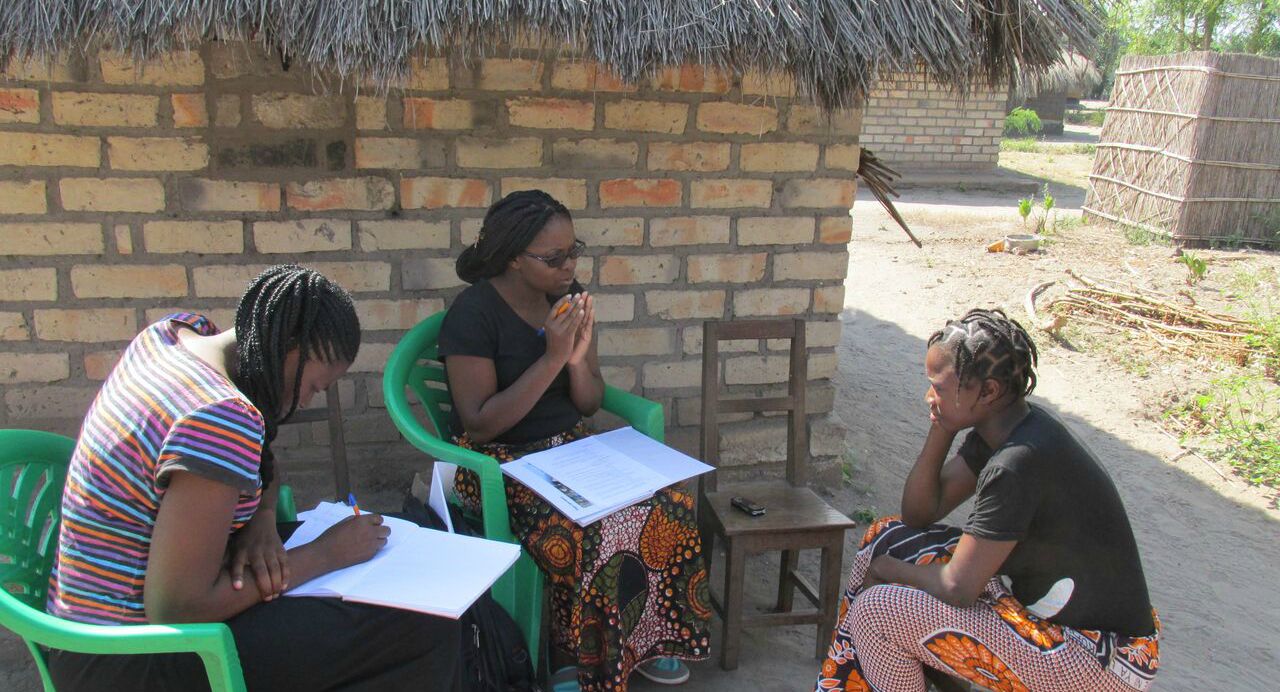The Economics of Improving Lives: Cash Transfers in Zambia

How can we curtail extreme poverty? It’s a question weighing on governments around the world. In the Republic of Zambia, the answer is one household at a time. In 2010, the Zambia Ministry of Community Development, Mother and Child Health instituted a cash transfer program, the Child Grant Program. The program supported the country’s lowest-income households—specifically targeting households with children younger than five years of age—in the districts of Kaputa, Kalabo, and Shangombo. Under contract to UNICEF Zambia, Dr. David Seidenfeld—cash transfer researcher at AIR—and his team designed and implemented a randomized controlled trial to evaluate the program’s effects on participating households.
A cash transfer program, which typically targets the poorest residents, offers subsistence in the form of cash payments. Cash transfers are not loans; recipients do not have to repay the money. This form of government assistance is intended to help the most vulnerable residents be more food secure and meet their minimum needs, while also injecting cash into the local economy.
The Child Grant Program demonstrated a number of successes after three years: participating households are strengthening their financial position, diversifying their diets and increasing their consumption of food, reducing their debt, and investing in both farm and nonfarm businesses.
“The children are eating more, experiencing improved health, have higher-quality shelter, and their families are able to better clothe them,” says Dr. Seidenfeld. “And all of this means that the money from the cash transfer program is being injected back into the local economy and improving the outlook for the entire community.”
Broader Success
The three-year study found that participating households increased their consumption by more than 11 Zambian Kwacha per capita per month. These additional expenditures went back into the local economy, improving conditions for rural Zambians living in these districts even if they were not participating in the Child Grant Program.
“One concern with cash transfers is that the household will just use government subsistence to replace earned income,” says Dr. Seidenfeld. “But that wasn’t the case at all. These households used the money, when possible, to grow their income—either through investments or starting businesses.”
Moving Forward
For Dr. Seidenfeld and his team, designing the study and conducting the evaluation were only part of the project. Much of their work involves increasing the capacity of both the Ministry of Community Development, Mother and Child Health and the local research organization, Palm Associates.
“Our team designed and built the management information system for the Child Grant Program. We then handed it over to the Ministry to track and monitor the program moving forward—and they’re doing just that,” says Dr. Seidenfeld.
“The Ministry of Community Development, Mother and Child Health staff took ownership of the evaluation. They want the evidence, they want to learn. They see our feedback as an opportunity to improve their program.”
AIR also worked to build the capacity of Lusaka-based Palm Associates by passing along evidence-based strategies for data collection and analysis. “Palm Associates now uses the same software that we do. After sharing it, we trained its researchers to use it to perform high-quality data checks. We showed them how to use the same accounting structures that AIR uses,” says Dr. Seidenfeld. “They mastered it and put it to work. They deserve the credit.”
Seeing the success of the cash transfer program, the Ministry of Community Development, Mother and Child Health wanted to scale up the program to reach more households in need. With AIR’s support, the Ministry published policy briefs outlining the findings of Dr. Seidenfeld’s study and explaining the benefits of the cash transfer program.
Publishing the findings helped make the case for further government investment in the program—both financial and political. “Seeing our evaluation support the Zambian government’s decision to expand their cash transfer programs was so rewarding,” says Dr. Seidenfeld. “Especially when we saw the positive effects the Child Grant Program had on Zambia’s vulnerable households.”
